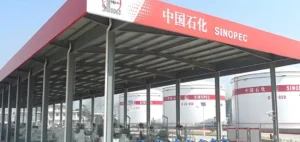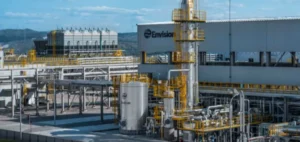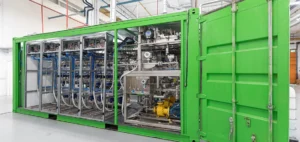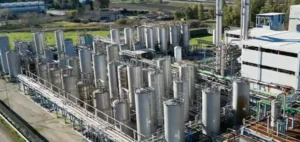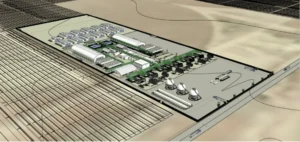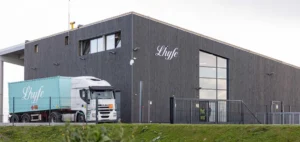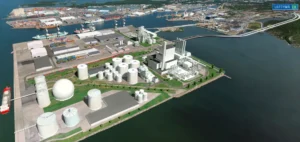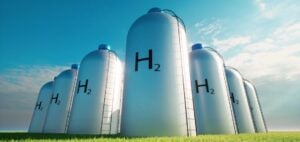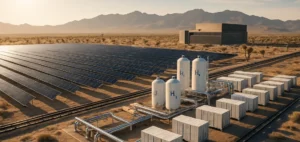The French government’s recent announcement marks a decisive step in the country’s energy transition. Aiming for an ambitious production of 6.5 gigawatts of hydrogen by 2030 and 10 gigawatts by 2035, this initiative is part of a drive to redefine the national energy landscape. The French Minister for Energy Transition underlined this direction at the inauguration of a major fuel cell plant in Saint-Fons, a project spearheaded by Symbio, a joint venture involving Michelin, Forvia, and Stellantis.
This strategic plan reveals France’s determination to become a leader in the hydrogen sector, underlining the growing importance of this clean, sustainable energy source. The transition to hydrogen is seen not only as an ecological necessity, but also as an economic opportunity, with the potential to create new markets and boost employment in advanced technological sectors.
Economic impetus and decarbonization
The €9 billion in financial support for the hydrogen industry is designed to secure a competitive price for decarbonized hydrogen over a decade. This significant public support paves the way for efficient decarbonization of industry, particularly in the refining, chemicals and fertilizer production sectors. In addition, the plan calls for the deployment of 500 kilometers of pipelines to link producers, users and storage infrastructures, thereby boosting the efficiency of hydrogen distribution.
France’s decarbonization policy is in line with global climate objectives and the Paris agreements, while seeking to strengthen its energy independence. By favoring low-carbon hydrogen, France hopes to reduce its dependence on fossil fuels and significantly cut its greenhouse gas emissions.
Hydrogen in the European context
France has also secured a major advantage at European level, ensuring that hydrogen produced from nuclear energy enjoys the same benefits as that produced from renewable energies. This decision is crucial, given that energy accounts for up to 75% of the cost of hydrogen production. This measure will enable French manufacturers to continue to benefit from nuclear energy at competitive cost for hydrogen production.
This European recognition of nuclear hydrogen as a clean energy source is a strong signal for the energy industry. It paves the way for greater integration of hydrogen into European energy grids, and strengthens France’s position as a leader in nuclear energy innovation.
France’s hydrogen strategy, soon to be presented to Parliament as part of a bill on energy sovereignty, is an important milestone. It demonstrates a proactive approach to energy and environmental challenges, positioning the country as a key player in the hydrogen sector on an international scale. This strategy is an example of how nations can adopt innovative energy solutions to meet the challenges of the 21st century.



